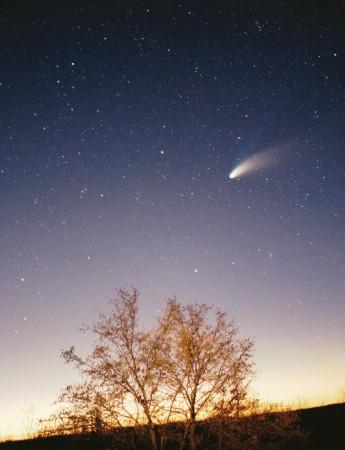
Comet 21P/Giacobini-Zinner is making a pass close to Earth right now and from some parts of the planet, it can be seen with the naked eye or with just a pair of binoculars. It is the same comet that is responsible for the yearly Draconid meteor shower as well.
This year, the comet is making a particularly close fly by of Earth this month, notes a report by Cnet. In fact, this is the closest that 21P will get to Earth in about 72 years, in spite of the fact that it orbits the Sun every 6.6 years. The comet at its closest will be 58.6 million km from Earth. For scale, that is the same distance Mars was this year, when it made its closest approach to Earth.
One need only look up in the sky at night to spot it, but it is set to get bigger and bigger till 10 and 11 September, where it will be its biggest possible size. Till about mid-September 21P can be spotted toward the direction of constellation Auriga, notes the report.
While the rock by itself is really small and wet, only about 2 km wide, the Sun's heat has caused it get a fuzzy cometary atmosphere, explains the report. Along with its tail, the comet's atmosphere is about twice as wide as Jupiter- the largest gas giant in the Solar System, says Irizarry- NASA ambassador.
This comet is responsible for the Draconid meteor shower as well. It does this by leaving behind small bits and pieces of its body as it passes through the inner solar system. The shooting stars, as such are seen in the direction of the constellation Draco the Dragon, hence its name.

For those who are not clear of the distinction between comet and asteroid, here is a quick refresher. Based on material make up, asteroids are generally made of metallic substances and rocks. Comets are usually made of ice, dust and rocks.
Comets are formed further away from the Sun, hence the ice, but as they approach the Sun, water vaporises, dust gets kicked up, hence the tail and large atmosphere, it also loses some material with every approach into the inner Solar System as a result. Asteroids do not have any ice, and remain solid through most of its life.
Comets have elongated orbits, sometimes as large as 50,000 AU (one AU is the distance between Earth and Sun). Asteroids normally have circular orbits and are bunched up between Mars and Jupiter, marking the border between the inner and outer Solar System.

















